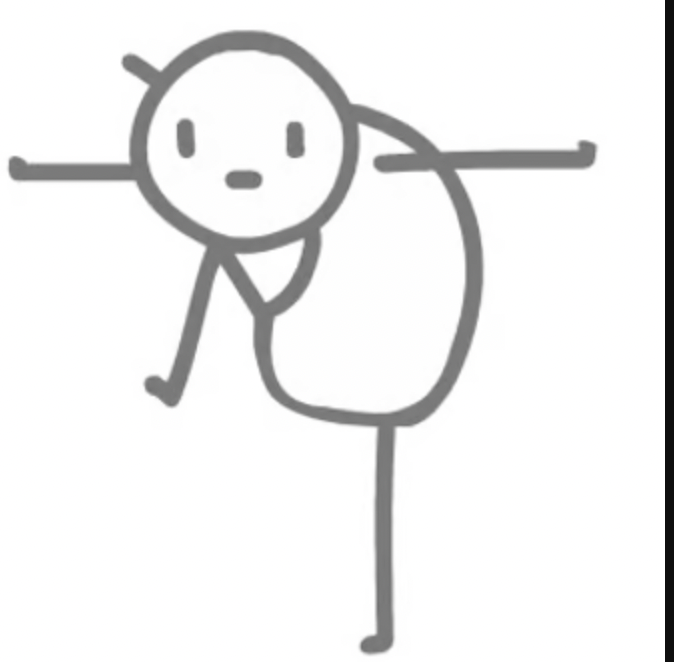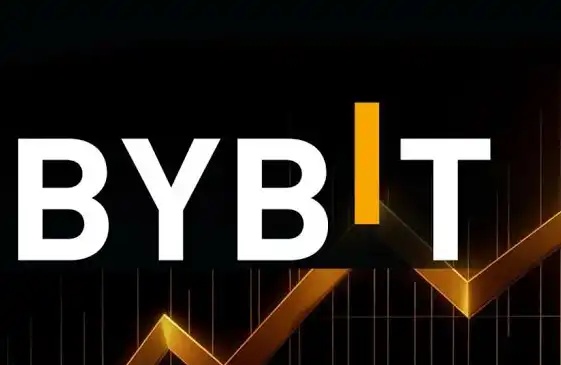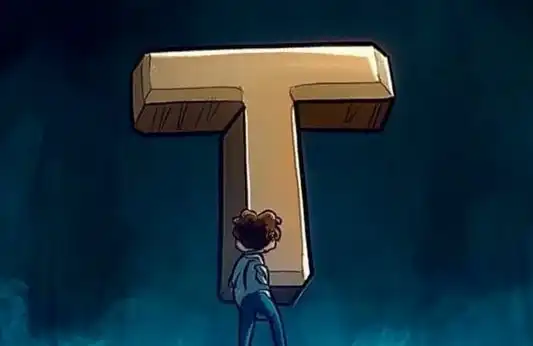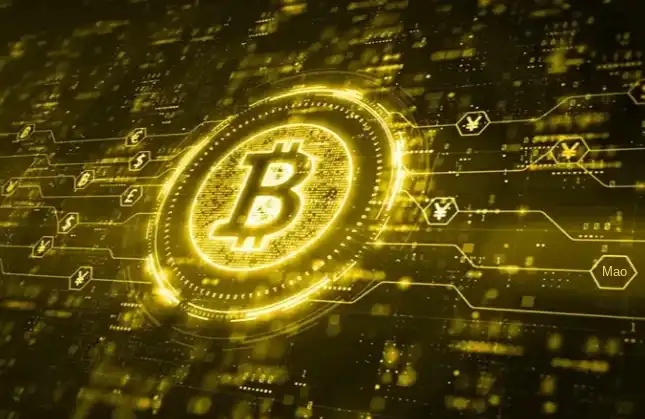Remember STEPN? I heard you can make $300 a day again?
Written by: Jaleel plus six, BlockBeats
When it comes to the summer of 2022, many people still remember the popularity of StepN at that time. Buying a pair of running shoes and earning income by exercising every day has become a major fashion trend in the currency circle and even the technology circle.
Two years have passed, and StepN has launched a new 2.0 version - STEPN GO, which is also the third game of game developer FSL after StepN and Gas Hero. Although this new version is still in the testing phase and the player base is still small, its improvements in the revenue mechanism and design have attracted the attention of many new and old players.
Amin is an old player of StepN and is now an early participant of STEPN GO. In his experience, the earnings of GGT tokens have performed well. With level 19 running shoes, he can earn about $300 a day. He also mentioned that "the payback period is about 30-40 days now." Although there is still uncertainty, this is already a pretty good result for old players.  STEPN GO game interface In this article, BlockBeats will delve into STEPN GO's "upgrades", the entry barriers for new users, and the earnings and payback periods that players are most concerned about. It should be noted that STEPN GO is still in the testing phase, so the specific data may change as the game is updated. What are the upgrades of StepN2.0?
STEPN GO game interface In this article, BlockBeats will delve into STEPN GO's "upgrades", the entry barriers for new users, and the earnings and payback periods that players are most concerned about. It should be noted that STEPN GO is still in the testing phase, so the specific data may change as the game is updated. What are the upgrades of StepN2.0?

GGT: New GST
StepN uses GST and GMT as main tokens, and in STEPN GO, GGT (Go Game Token) is newly added, which is deployed on the Polygon chain and has no limit on the number of tokens.
Since its launch on September 5, the price of GGT has fluctuated quite dramatically. Just one hour after the launch, the price soared by 2120%, and then quickly fell back to around $6. However, after a period of shock adjustment, the price of GGT has shown a steady upward trend in the past week. As of September 12, the time of writing, the price of GGT has rebounded to $10.

GGT is mainly obtained by completing daily outdoor sports tasks. When users use NFT sports shoes for exercise, they can choose to earn GGT. There are many factors that affect GGT earnings, including shoe type, grade, efficiency attribute value, shoe quality, etc. For example, running shoes (Runner) usually get more GGT than joggers (Jogger).
STEPN GO also implements a daily revenue cap and token destruction mechanism. Users initially have a daily GGT cap of 5/5, up to 300/300. Users can increase this cap by upgrading sneakers or destroying gems. Users can burn GGT to forge and "breed" new sneakers, upgrade existing equipment, unlock slots, make clothing, and even initiate or participate in activities on the interactive map. The burned GGT will be permanently destroyed, reducing the circulation on the market, maintaining the balance of the ecosystem, and controlling token inflation.
Shoe Level and Customization System
In StepN, the level cap of shoes is 20, but in STEPN GO, the level cap has been raised to 60. In addition, new attributes have been added: Charm and Karma, which not only affect performance in the game, but also affect players' social interactions and competition.

Charm can help players get more clothing fragments in the game, while Karma affects the performance of the PvP leaderboard. The higher the Karma, the more rewards the user will get.
Users can improve these attributes by upgrading shoes. During the upgrade process, users will consume a certain amount of GGT, and some high-level stages will also consume GMT. Shoes of different qualities will gain additional attribute points after each upgrade, and users can freely allocate these points.

New way to rent shoes: use running shoes as a financial management tool?
In StepN, users can only participate in sports and earn income by purchasing and holding NFT sports shoes. Although the shoe rental function was envisioned in version 1.0, it was not launched in the end, resulting in users being able to use the purchased shoes alone and unable to share with others.
However, as version 2.0, STEPN GO has realized this long-awaited feature and launched The Haus system. This system is similar to a sharing economy platform, allowing users to hang their idle shoes on the platform for others to rent.
For shoe owners, renting shoes means that even if they don’t have time to exercise, they can earn extra income through renting, making shoes more like a financial management tool (but if they don’t consume 2 energy every day, the renter will not get the income provided by the renter). For renters, the cost of buying two pairs of shoes is high, about $8,000 at current prices. But STEPN GO’s The Haus system provides a low-cost entry point, where users can start experiencing StepN GO and earn GGT or other rewards without buying NFT sneakers.
In addition to the three important functional upgrades mentioned above, STEPN GO has also enhanced social interaction, reward mechanisms, and anti-cheating systems. In STEPN GO, users can view nearby runners through interactive maps, or compete with global players through PvP leaderboards. This design breaks the previous single personal sports mode and adds more social elements.
In addition, STEPN GO has added a variety of reward options. Users can not only earn GGT through exercise, but also find treasure chests and unlock clothing fragments. In order to ensure the fairness of the game, the platform has introduced a more advanced SMAC-7 anti-cheating system.
How high is the threshold for running shoes to enter the "narrow gate"?
"The design adjustments made by STEPN GO are very smart, and the team has obviously learned a lot of experience and lessons from StepN and Gashero." Amin is an old player who participated in StepN in the early 2021, and now he is also an early player of STEPN GO. In his opinion, the design of STEPN GO has greatly improved the life cycle and sustainability of the game, which can make this experiment more viral.

STEPN GO unboxing interface
STEPN GO had very strict control over invitation codes in the early days. The mother shoes purchased from the Mooar market cannot be run directly, and only the shoes with activation codes can start running. It seems that in STEPN GO's strategy, controlling the growth rate of new users is also one of the ways to maintain the life cycle of this mechanism.
This can also be seen in the data. In the past 30 days, the increase in new users of STEPN GO has decreased from more than 400 at the beginning to about 50 today.

"StepN was too FOMO at the beginning, and the running shoe growth mechanism was too radical, so the profits in the later period were suppressed. The total amount of the currency circle is here, and the entire running shoe ecosystem can survive longer by squeezing toothpaste-like growth little by little." In Amin's view, STEPN GO's control over the entry threshold for new users will continue for a long time.
Amin got the running shoes by participating in the lottery after staking GMT on STEPN GO, "Of course, this is also criticized by many people. The pledged GMT duration is 4 years. Who knows what it will be like after 4 years?" Speaking of this, Amin obviously complained a little.
In addition, there are only two ways to get an invitation code: being given as a gift and renting shoes. "Of course, the official will also hold activities and draws in various channels, and it is estimated that some will be relaxed in the future," Amin also revealed to BlockBeats that a small number of invitation codes will be traded in some off-sites.
It is almost impossible to be given away for free. There is still a chance to rent shoes in The Haus system, but there are still more people than porridge. "Seeking the owner, waiting online", in the community channel of STEPN GO, there are many users who want to participate at a low cost and are looking for shoe owners who are "interested in renting shoes."

In the current market, the profit distribution of the successfully matched "shoe owners" and "renters" is mostly 9:1 or 8:2, and the rental period is generally two weeks. However, for the shoe owner, if he encounters a "three-day fishing and two-day drying net" tenant, the opportunity cost and time cost of the shoes will be wasted, and the Haus system is a new thing.
Therefore, there are relatively few users willing to rent out shoes. Most people still choose to burn shoes to obtain energy, or rent shoes to family or friends, rather than strangers.
High risk and high return? What is the return and payback period?
Amin currently has level 19 shoes. Since he has upgraded the upper limit once, he can consume 3 energy points every day and randomly obtain 26-40 GGT. Based on the current GGT price of $11, he can earn about $300 a day.
"It's a bit difficult to calculate the payback period, because the daily energy consumption limit and income in the novice period and the later period are actually different, so we can only estimate it." When asked about the payback period, Amin said so.
If the special effects of the shoes are not taken into account, Amin estimates that the payback period will be around 30-40 days. According to his cost calculation, staking GMT to win a pair of running shoes in the lottery, spending $4,000 on the market to buy a pair of shoes to burn as energy, the cost is around $5,000.
You can get 22 GGT every day. However, since upgrading shoes will consume some GGT, the actual payback period is about 25 days. Amin mentioned that burning a pair of shoes can get 90 energy points, and the daily energy limit in the early stage is 2 points, which means that users can run continuously for 45 days. In an ideal state, after the return on investment on the 20th day, the remaining 25 days can get pure profit.
"Of course, this estimate ignores many influencing factors, such as the daily energy consumption limit may increase to 3 points in the later stage, the bonus of special effects of shoes, the fluctuation of GGT prices, the user growth rate, and other profit gameplay, such as raw shoes and rental shoes." Amin added that these factors will have a certain impact on the income.

Currently, the payback period of most users in the market is estimated to be about 30 days, which is a generally recognized period. Another player, Max , has also participated in the internal test for a long time. He recalled that the payback period of StepN in the early days was only 7-14 days, and now the payback period of STEPN GO has been extended by 2-3 times.
Max believes that the factor that currently has the greatest impact on STEPN GO's revenue and payback period is the price of GGT. He pointed out that "GGT is actually the new GST, but its production cost is higher." Amin also expressed a similar view in the interview.
Therefore, Amin is very concerned about the destruction and output data of GGT. From several data sources, we can see that since September 10, the destruction of GGT has been greater than the output, and the difference has been similar in the past few days. At the same time, the trading volume of $GGT/GMT trading pairs in several DEXs has also increased significantly, which makes Amin and Max optimistic about the short-term price trend of GGT.

The short-term rise of GGT and GMT is not so friendly to new players who have not yet entered the market. Because the rise in GMT has also pushed up the price of running shoes, the STEPN GO Genesis shoe has soared from 35,000 GMT a few days ago to 63,300 GMT, but fortunately the price increase of ordinary shoes is not so obvious, still around 35,000 GMT.  Max also mentioned that over time, the energy replenishment cost of STEPN GO is about 35% of the total value of the shoe, which is similar to the "repair" cost in version 1.0, but this cost is fixed at the time of initial investment. He believes that as long as the daily growth rate of users remains at 0.5-0.75%, the current price structure can be maintained, which will further support the market demand for shoes and make the floor price healthier.
Max also mentioned that over time, the energy replenishment cost of STEPN GO is about 35% of the total value of the shoe, which is similar to the "repair" cost in version 1.0, but this cost is fixed at the time of initial investment. He believes that as long as the daily growth rate of users remains at 0.5-0.75%, the current price structure can be maintained, which will further support the market demand for shoes and make the floor price healthier.
Overall, the 2.0 version of STEPN GO brings many innovations to the entire running shoe ecosystem, especially in the introduction of GGT tokens, the launch of a shoe rental system, and a more strategic entry threshold design. This is undoubtedly a new opportunity for early players, but it is also necessary to carefully evaluate its potential risks and benefits.
Considering that the game is still in the testing phase, some mechanisms and benefits may be adjusted over time. As Amin said: "Although the threshold has been raised, it also means that the rewards may be more substantial. If you can enter the market early, the returns of STEPN GO are still considerable."
Thanks to: Mable, Amin, Max, Zijing
欢迎加入律动 BlockBeats 官方社群:
Telegram 订阅群:https://t.me/theblockbeats
Telegram 交流群:https://t.me/BlockBeats_App
Twitter 官方账号:https://twitter.com/BlockBeatsAsia
 Forum
Forum OPRR
OPRR Finance
Finance
 Specials
Specials
 On-chain Eco
On-chain Eco
 Entry
Entry
 Podcasts
Podcasts
 Data
Data


 Summarized by AI
Summarized by AI







